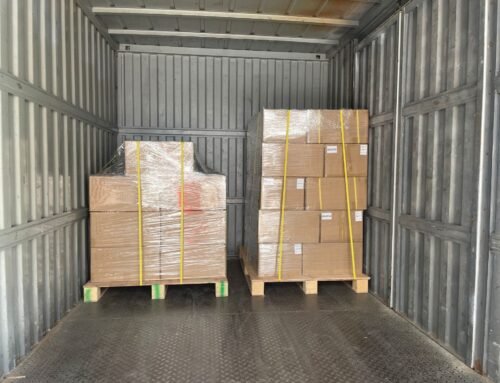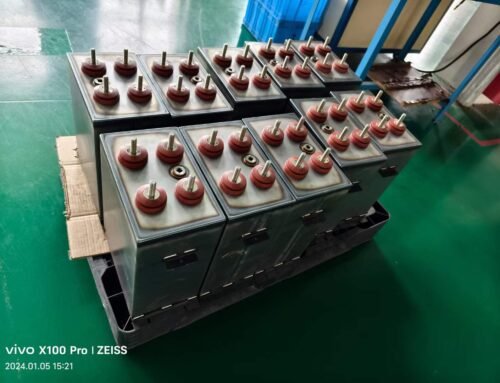Chip capacitor is a kind of capacitor material. SMD capacitor full name: multilayer (accumulation layer, laminated) chip ceramic capacitors, also known as chip capacitors, chip capacitance. Chip capacitor has two ways to express, one is the inch unit to express, and one is the millimeter unit to express.
Chip Capacitors
Chip multilayer ceramic dielectric capacitor (mlcc) is called chip capacitor for short, which consists of ceramic dielectric film with printed electrodes (inner electrode) stacked together in a misaligned manner, and then sintered at high temperature to form a ceramic chip, and then sealed with metal layer (outer electrode) at both ends of the chip to form a monolithic structure, so it is also called monolithic capacitor.
The structure of multilayer ceramic chip capacitor consists of three main parts: ceramic dielectric, metal inner electrode, and metal outer electrode. The multilayer ceramic chip capacitor is a multilayer stacked structure, which is simply a parallel connection of several simple parallel plate capacitors.
Role of chip capacitor
Bypass
A bypass capacitor is an energy storage device that provides energy to the local device, which homogenizes the output of the regulator and reduces the load demand. Like small rechargeable batteries, bypass capacitors are capable of being charged and discharged to the device. To minimize impedance, the bypass capacitor should be placed as close as possible to the supply power pin and ground pin of the load device. This is a good way to prevent ground potential elevation and noise caused by excessive input values. The ground potential is the voltage drop at the ground connection when passing through a high current burr.
Decoupling
Decoupling, also known as decoupling. In terms of the circuit, it can always be distinguished between the source that is driven and the load that is driven. If the load capacitance is relatively large, the driving circuit has to charge and discharge the capacitor to complete the signal jump, and the current is larger when the rising edge is steeper, so that the driven current will absorb a large supply current, and due to the inductance in the circuit, the resistance (especially the inductance on the chip pin, which will generate a bounce), this current is actually a noise relative to the normal situation, which will affect the front stage This is the so-called “coupling”.
The decoupling capacitor is to play a “battery” role, to meet the changes in the current of the drive circuit, to avoid mutual coupling interference.
Combining bypass capacitor and decoupling capacitor will be easier to understand. The bypass capacitor is actually decoupling, but the bypass capacitor generally refers to the high frequency bypass, which is to improve a low impedance drain path for high frequency switching noise. High-frequency bypass capacitor is generally small, according to the resonant frequency is generally taken 0.1μF, 0.01μF, etc.; while the capacity of the decoupling capacitor is generally larger, may be 10μF or larger, according to the distribution parameters in the circuit, and the size of the change in the drive current to determine. Bypass is to filter out the interference in the input signal, while decoupling is to filter out the interference in the output signal to prevent the interference signal from returning to the power supply. This should be the essential difference between them.

쿠캅 슈퍼 커패시터




